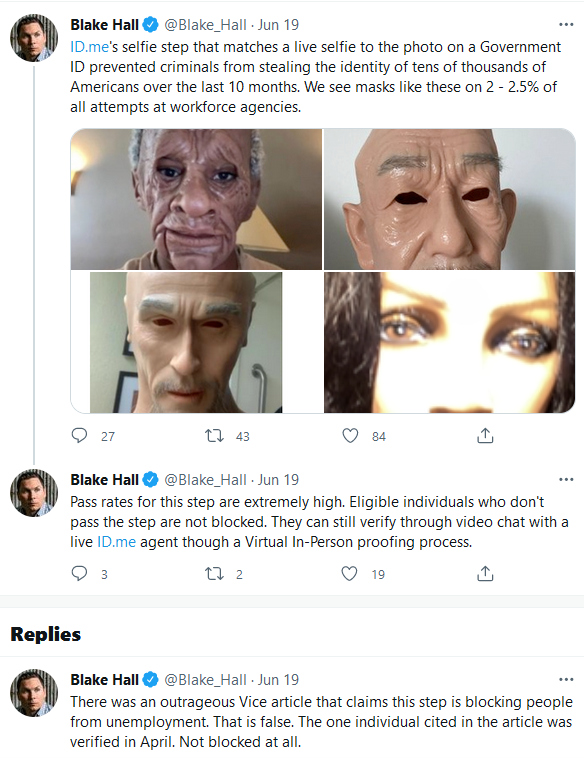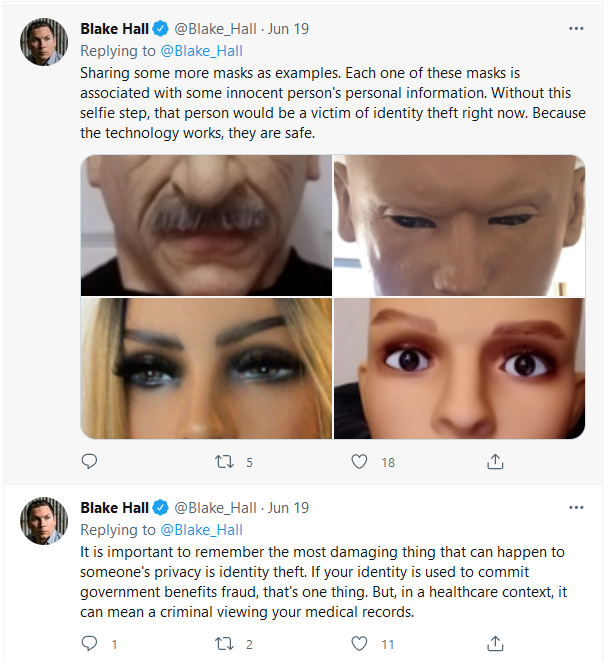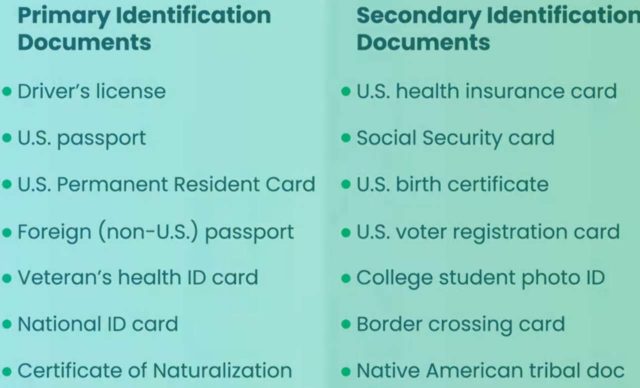Verifying your Identity for Unemployment Benefits with ID.me
Verifying your Identity for Unemployment Benefits with ID.me
A new identification system is taking state unemployment insurance benefit systems by storm the fourteen states of California, Florida, Texas, Colorado, Idaho, Arizona, North Dakota, Pennsylvania, Georgia, Indiana, North Carolina, New York, Nevada, and Washington State, are all now using the ID.me identity verification system to validate each states own unemployment insurance benefit payments in an effort to stamp out fraudsters.
Id.me has sorted out hundreds of thousands of fraudulent claims in these nine states. That would work out to a tax payer savings of billions of dollars if we only consider the federal $300 extra unemployment payments for say 25 weeks if the fraud was undiscovered.
How does this ID.me system work, what is it exactly?
State unemployment systems partner with ID.me to provide verification of identities.
How much Unemployment Fraud is actually being captured by this system?
According to the founder and CEO of ID.me’s recent tweet storm it is approximately catching 2 to 3% of all pending unemployment payouts as fraud.
https://t.co/ihMlQv8Gzj‘s selfie step that matches a live selfie to the photo on a Government ID prevented criminals from stealing the identity of tens of thousands of Americans over the last 10 months. We see masks like these on 2 – 2.5% of all attempts at workforce agencies. pic.twitter.com/si8bED7Tz6
— Blake Hall (@Blake_Hall) June 20, 2021




Even posting screen captures of fraudsters looking for tips to out smart the ID.me system.


To verify your identity you need to provide some combination of the following pieces of identification.

id.me identity verification help careerpurgatory
Video Call Verification
How to verify your identity for state unemployment benefit insurance
What about my privacy?
Well state governments do not care about your privacy to the same degree they care about securing billions of taxpayer dollars in light of rampant unemployment fraud across the entire country. In many cases unemployment fraudsters are cheating systems in states they do not even live in, by picking off the states with the weakest security measures.
In 2019 the ID.me company was issued a patent for real time online identity verification system. It seems with it’s rather prolific growth to nine states for their unemployment insurance benefit systems identity verification that it will be only a matter of time before every State in America and Federal territory will become a user of this system. Especially with the massive scale of unemployment fraud that has been tallied in 2020 as being at least $30 billion which was helped in part by the Pandemic Assistance $600 weekly benefit payments. Which turned even low dollar payment level weekly unemployment benefit states into attractive fraud targets. If that wasn’t enough of a reason, the duration of a patent runs for fifteen years, and up to 20 from the initial filing date with the US Patent and Trademark Office (USPTO). Other companies could theoretically patent a similar process but with first mover advantage it seems unlikely that ID.me wouldn’t create the next best service on its own.
Privacy concerns are real and obvious. For example the possible result is that at any time in the near future anywhere between a historical 4% to peak rates of 15% percent of an entire states work force that finds themselves in an unemployment situation could be exposed to one company responsible for keeping their personal data safe. ID.me has data storage policy to keep your data for at least 7 years, which again for those tracking at home is significantly longer than a non-pandemic 26 week unemployment insurance benefit system payout. Even when measured against the very high water mark of the Great Recession with the maximum weekly benefit payout of 99 weeks or almost two years.
Certainly it is possible to get a job with a new employer who again down sizes on the other side of an economic bust. But seven year data retention seems pretty long especially when you consider the compounding effect the massive data will have every year, this database will be increasingly more attractive to hackers, social engineering hacks, and yes the hardest on to stop of them all insider rouge employee data theft or sales in the dark web.
All the while we are talking about a company that could scoop up tens of millions of verified identities into its database, that it also has no problem with helping to sell to companies who are selling products.
What can you do?
Right now all one can do to protect themselves in the future is to note that you are at risk of exposure for 7 years. Over the course of this time we recommend an annual credit check using a free service to confirm no new accounts have been pulled in your name.
Write your state representatives, governor, and your national representatives. As the concentration of data power grows, the likely outcome is to be a nationalized system with one company and monopoly power for data.

